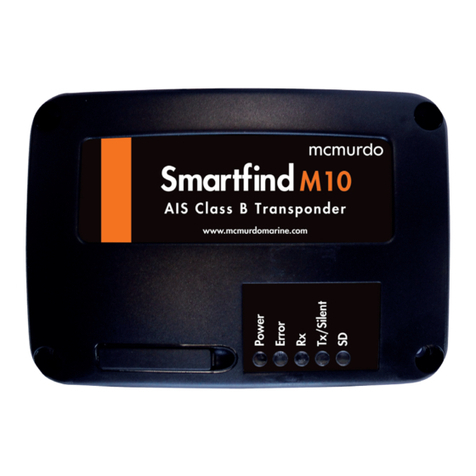
Contents
V
CONTENTS
1 RECOMMENDATIONS AND SAFETY NOTICES............... 7
2 MANDATORY REGISTRATION ......................................... 9
2.1 Overview ....................................................................................9
2.2 How to register ...........................................................................10
2.3 Warranty form ............................................................................10
2.4 Radio licence ..............................................................................11
2.5 Sale or transfer............................................................................11
2.5.1 Mandatory information for Oceania.............................12
3 DESCRIPTION .................................................................... 13
3.1 B lkhead bracket........................................................................15
3.2 Float-free enclos re....................................................................16
4 CONTROLS......................................................................... 19
4.1 Activation switch........................................................................19
4.2 TEST b tton ...............................................................................19
4.3 Sea switch...................................................................................19
4.4 Indicator lamps ...........................................................................20
4.4.1 Strobe (white)...............................................................20
4.4.2 Red LED.......................................................................20
4.4.3 Green LED (fitted to EG50 only).................................20
4.4.4 Interpreting the LEDs...................................................20
4.5 B zzer.........................................................................................21
5 OPERATING PROCEDURE................................................ 23
5.1 Sinking........................................................................................23
5.2 Abandon ship..............................................................................24
5.3 GPS Operation (EG50 only).......................................................24
5.4 Getting the best from yo r EPIRB..............................................25
5.5 Releasing EPIRB from a b lkhead bracket ................................27
5.6 Releasing EPIRB from an enclos re ..........................................28
5.7 Man al activation .......................................................................28
5.8 Deactivation................................................................................29
5.9 Re-fitting EPIRB ........................................................................30
5.9.1 Refitting into b lkhead bracket....................................30
5.9.2 Re-fitting into enclos re...............................................31






























